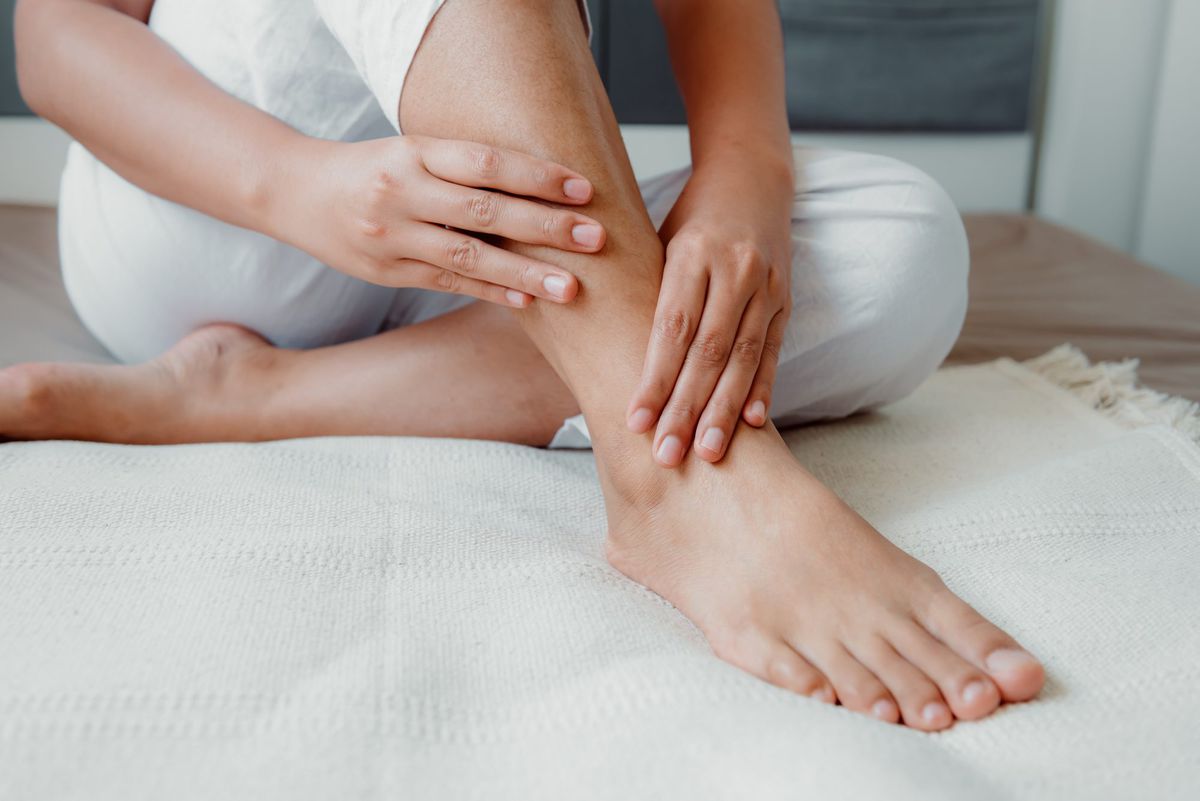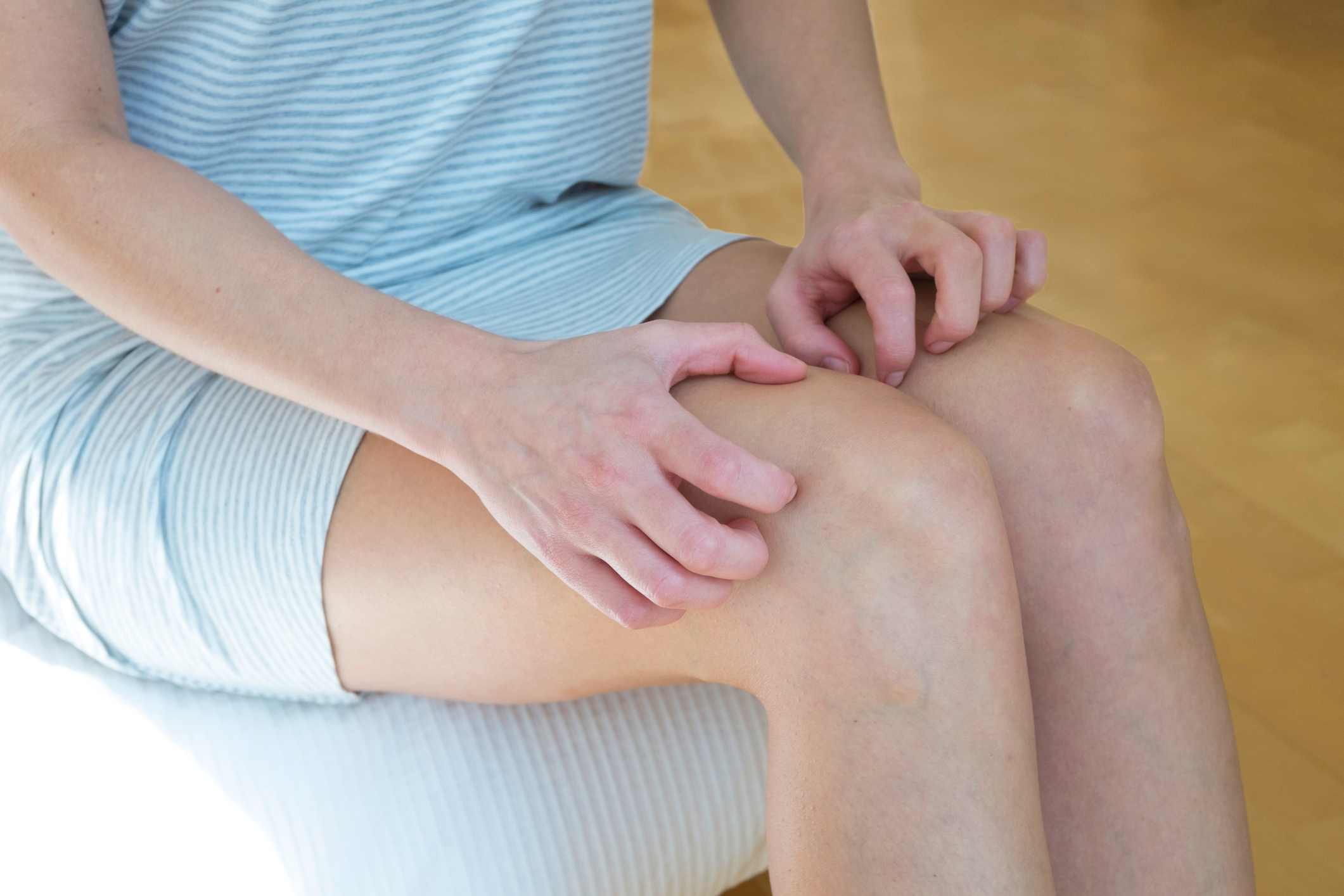

There are signs and symptoms of leg pain that can help your doctor find the cause.
/2549387-article-causes-of-calf-pain-5a70fb720e23d90036a5fa54.png)
Although many of the causes of this problem are not serious, it is important to seek medical advice if your legs frequently give you pain or if you have some of the symptoms below. Dr Nosaka also made a video demonstrating some basic exercises you can do at home with a chair.Many people are bothered by painful aching legs. Many well-known exercises like lunges, squats and deadlifts involve eccentric movements. It also seems eccentric exercises may even have benefits for brain function. They found that the eccentric exercises seemed to be more effective in improving muscle function, physical fitness, balance, bone density, blood pressure and other measures of health. In one research project, Dr Nosaka and colleagues compared a group of people who only walked down a set of stairs (an eccentric exercise) to a group who only walked up the stairs (a concentric exercise). There's a simple reason: they seem to be good for health. In fact, Dr Nosaka spends a lot of time trying to encourage people to do more of them. While these eccentric exercises can lead to DOMS, it doesn't mean you should avoid them. Read more There may be health benefits to 'eccentric' exercises If your fitness goals for the year are to stay healthy and maintain your fitness, here's how much exercise you'll need.

Older people don't recover quite as quickly." And generally healthy young people should recover in four days. "The objective evidence … doesn't seem to show a lot of benefits to post-exercise interventions," says Dr Peake. "I think no pain means more gain." The best way to recoverĮxercise scientists have looked at all sorts of recovery techniques for DOMS, from massage to ice baths.Īnd while there is some evidence that these approaches can provide temporary relief, they don't seem to speed up recovery time. "Some people believe that if you don't feel any muscle pain, there's no gain. It's an approach that Dr Nosaka recommends, as it takes advantage of the repeating bout effect. You can get back into your program after that."Īll that said, you can mostly avoid DOMS by gradually working up the intensity of your exercise. "But if it's severe, avoiding exercise for two or three days is advised. "Unless you experience severe discomfort, and you can't walk or lift your arms, then there's no reason why you should be stopping," Dr Peake says. But if your symptoms are mild, there's likely no harm in continuing to train. If you are completely stiff and sore like I was, you won't be able to do an intense workout. And we need that muscle breakdown to stimulate muscle growth," he says. "It's an indication that you've worked your muscle, and perhaps there is some muscle breakdown occurring. For Dr Peake, mild muscle soreness that goes away within a few days isn't a bad thing. Read more Does it mean you are overdoing it? Trying to get fit? Instead of focusing on the scales, focus on these things. If you're still feeling sore during rest, you may have injured yourself.Īnother sign of injury as opposed to DOMS is if the pain doesn't go away within a few days, says Dr Jonathan Peake, a senior lecturer in biomedical sciences at QUT. Keep in mind that if you're experiencing DOMS, you'll only feel the soreness when you're using the muscle - not if you're resting on the couch. "If you just did that concentric phase, you won't get sore at all." But when you are standing up, that's concentric. For example, when you are doing squats, you are lowering your body. "If you don't do eccentric contractions, you don't get sore at all. What they do know is that the soreness is usually caused by exercises that lengthen the muscles, which are known as “eccentric exercises”.Įccentric exercises can include things like walking down stairs, lowering a weight slowly or running downhill.

He says unlike pain associated with lactic acid, which is metabolised during and soon after exercise, DOMS is generally felt between 12 and 24 hours after a workout.Īnd while scientists have a range of theories, it's not exactly clear what causes DOMS. Professor Ken Nosaka from Edith Cowan University has spent years researching DOMS. We spoke to two exercise scientists to find out. If you've experienced it, you might be wondering why it happens and whether you can avoid it. The cause is something scientists call "delayed onset muscle soreness" - or DOMS for short. But the next day my legs were so stiff and sore I could barely walk. I did my workout, and I was feeling great. A few weeks ago, I decided to get back into exercise after taking some time off over the summer.


 0 kommentar(er)
0 kommentar(er)
